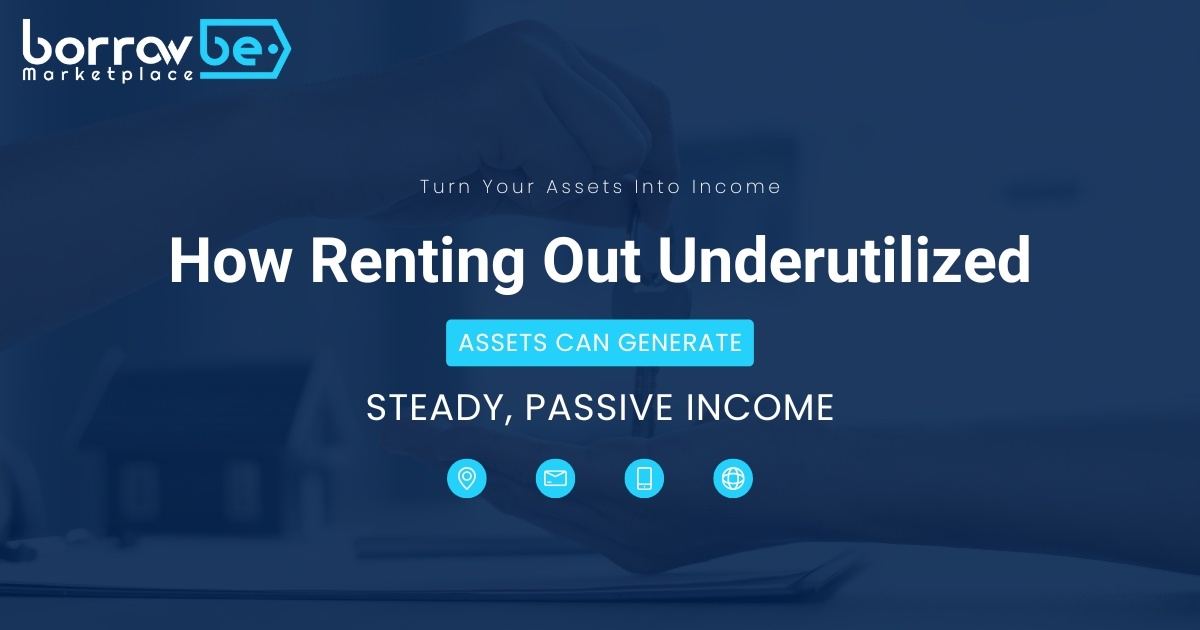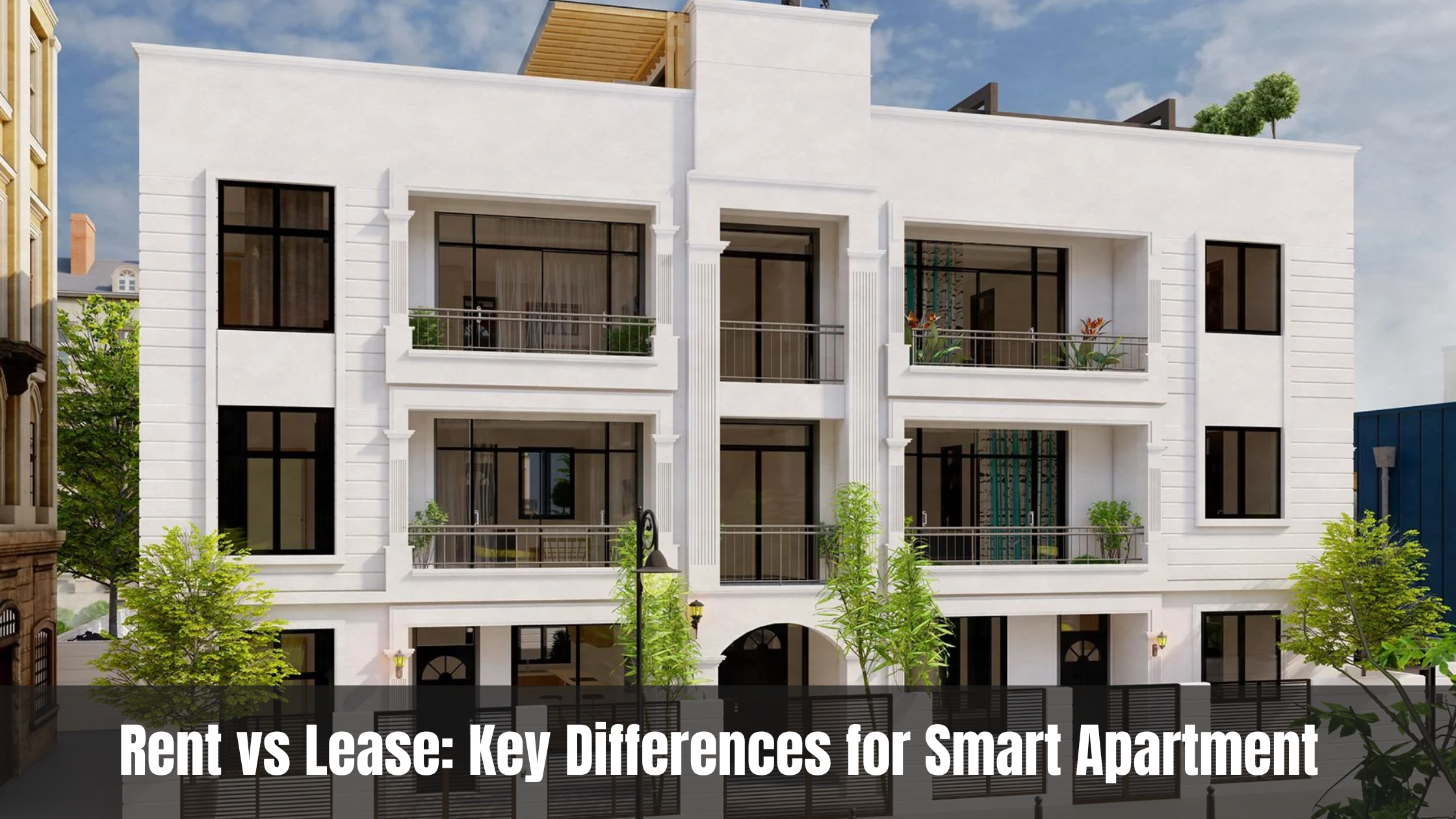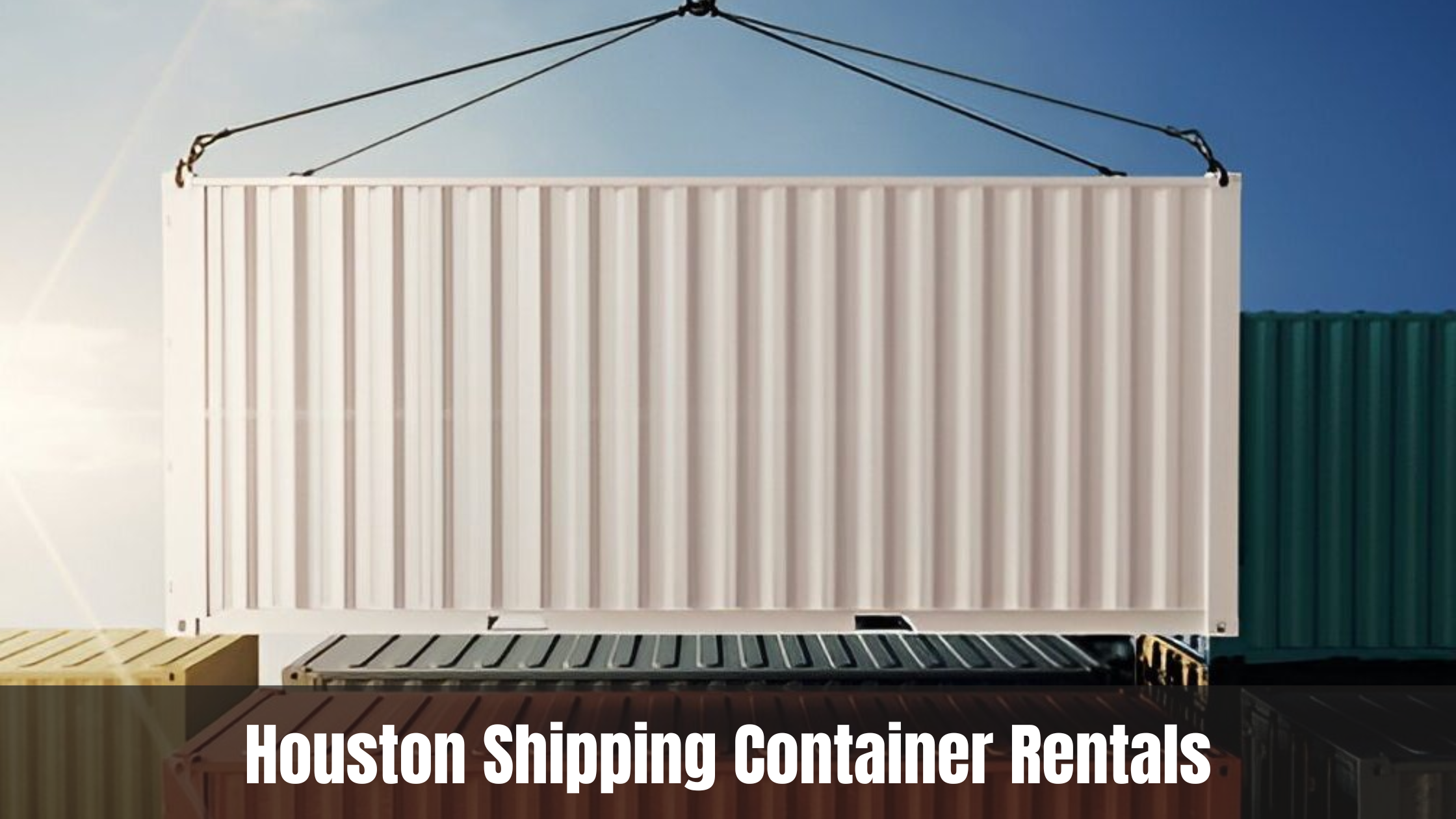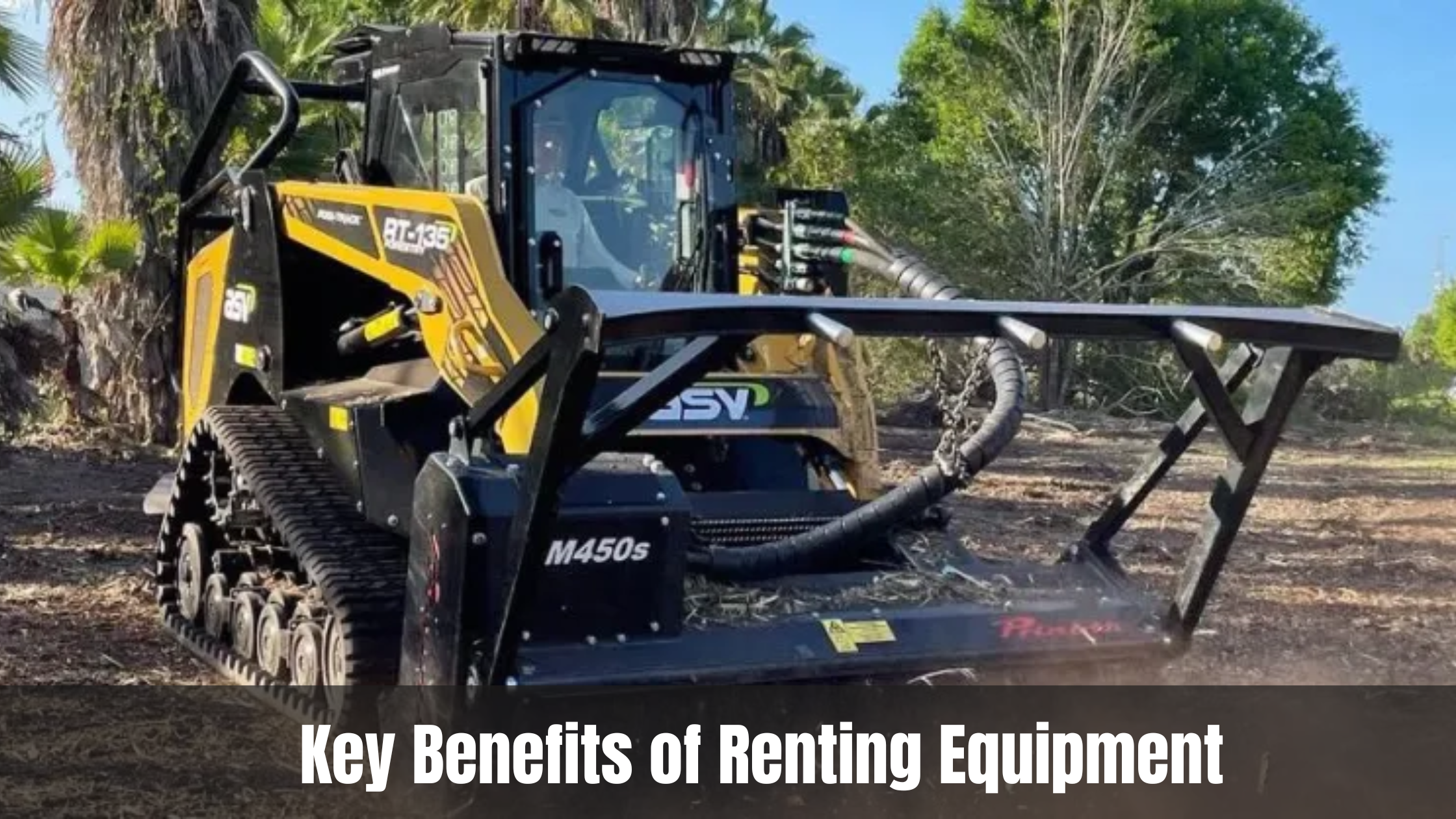In today’s rapidly evolving economy, individuals and businesses alike are turning to passive income strategies to enhance financial stability and diversify revenue streams. Renting out underutilized assets has emerged as an innovative and accessible method to generate steady income while contributing to the sharing economy. This comprehensive guide explores the diverse opportunities available in asset monetization—learn more about how to Turn Your Assets Into Income—offers actionable strategies, and provides expert insights, all optimized with NLP techniques and SEO best practices for maximum online visibility.
By understanding and leveraging assets that remain idle most of the time, such as homes that can be listed for rent, vehicles available for lease, essential equipment, and even specialized tools, you can unlock a new revenue stream with minimal effort. This article delves into the practical steps for identifying these opportunities, optimizing asset use, and ensuring long-term profitability while maintaining a sustainable, eco-friendly approach.
Introduction
The concept of passive income has taken center stage in modern finance, as more people search for alternatives to the traditional 9-to-5 job. Renting out underutilized assets offers an ideal solution, enabling asset owners to generate revenue without the need for constant oversight. In a market that increasingly values efficiency and sustainability, unlocking the potential of idle assets not only boosts financial flexibility but also contributes to community-driven economic growth. Learn more about how you can Turn Your Assets Into Income and start earning today.
This trend has been supported by robust digital platforms that simplify the process of connecting asset owners with potential renters. Platforms like House for Rent for residential properties, Car for Lease for vehicles, and Construction Machinery for specialized equipment are thriving in today’s sharing economy. By tapping into these opportunities and even choosing to Post an Ad on trusted platforms, individuals can transform items that sit unused into consistent income sources, all while enjoying a hands-off management experience.
Identifying Underutilized Assets
Understanding which assets are underutilized is the first step toward harnessing their potential for steady, passive income. Many households and businesses possess items that could generate revenue if managed effectively.
Common Examples of Underutilized Assets
- Residential Properties: Vacant rooms, secondary homes, or vacation properties can be leased on a short-term or long-term basis.
- Vehicles: Cars, vans, or even recreational vehicles that are not used daily can be offered for lease or short-term rentals.
- Equipment and Tools: Construction machinery, gardening tools, and other specialized equipment can be rented out to individuals or small businesses.
- Office Spaces: Unused office rooms or co-working spaces present lucrative opportunities for renting out during off-peak hours.
These examples underline the broad spectrum of assets that many people have in abundance. Utilizing platforms designed for asset renting, such as House for Rent or Car for Lease, helps streamline the process, making it easier to connect with prospective renters and manage transactions efficiently.
Assessing Asset Utilization
Before listing an asset for rent, a thorough evaluation of its current use and potential can help determine its viability as a revenue-generating tool. Consider the following steps:
- Analyze Usage Patterns: Track how often the asset is used. For instance, if a car remains parked 90% of the time, it could be a prime candidate for renting.
- Identify Idle Periods: Look for gaps or idle periods in usage. This might include weekends, evenings, or seasonal downtimes where the asset is rarely needed.
- Evaluate Condition and Maintenance Needs: Ensure that the asset is in good working condition, as this will influence both rental pricing and renter confidence.
Incorporating these assessment strategies not only clarifies the potential income stream but also helps in setting realistic pricing expectations. This initial groundwork lays the foundation for effective asset monetization.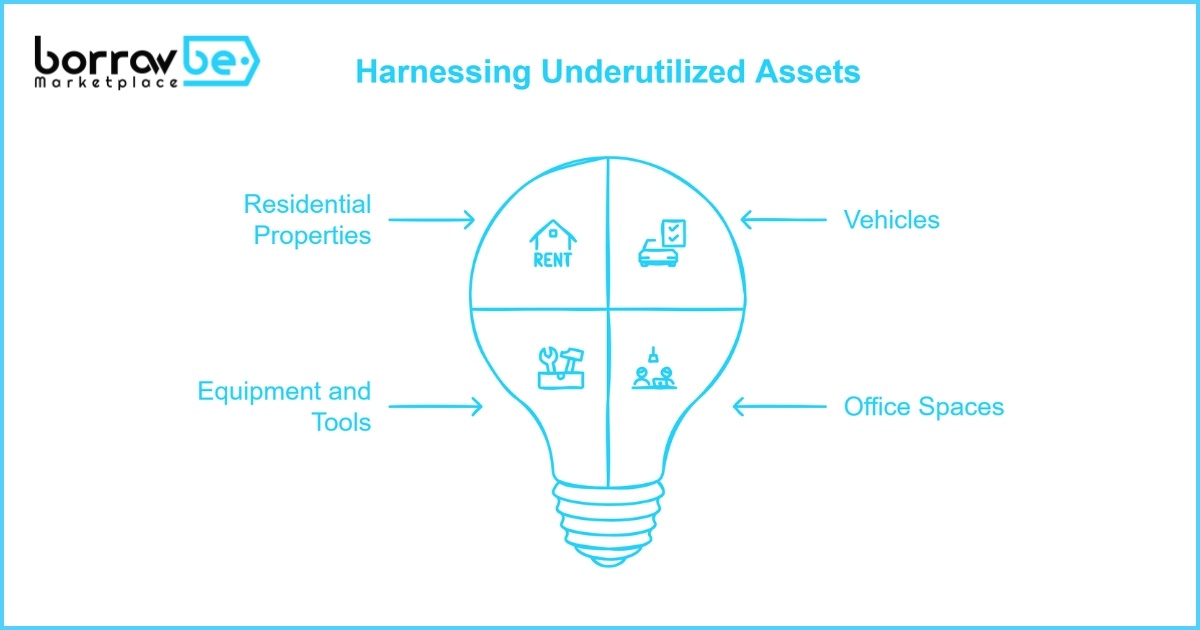
The Financial and Environmental Benefits of Renting Out Assets
Renting out underutilized assets presents numerous benefits that extend beyond just financial gains. This practice contributes to a more sustainable and resource-efficient society while offering robust revenue opportunities.
Steady Income Stream
One of the most compelling advantages of renting out underutilized assets is the steady income stream it generates. When managed properly, rental income can offset monthly expenses, contribute to savings, or even serve as a primary revenue source.
- Predictable Revenue: Renting out assets creates a recurring income that can stabilize your financial planning.
- Cost Efficiency: Income from rentals can cover maintenance costs, insurance, and depreciation, thereby reducing the overall cost burden.
- Scalability: As you gain experience and confidence, you can scale up your portfolio by renting additional assets.
A comparative table below highlights the financial benefits of asset renting versus traditional ownership:
|
Aspect |
Traditional Ownership |
Asset Renting |
|
Upfront Investment |
High (purchase, maintenance) |
Minimal (platform fees, maintenance) |
|
Monthly Revenue |
Fixed or fluctuating income |
Steady, recurring rental payments |
|
Asset Depreciation |
A significant ongoing expense |
Offset by rental income |
|
Scalability |
Limited by personal capital |
Easily scalable with additional listings |
Environmental Impact and Community Sharing
Renting out assets contributes to a circular economy that emphasizes sustainability and efficient resource utilization. By sharing assets, individuals reduce waste, lower the demand for new products, and foster community engagement.
- Reduced Environmental Footprint: Maximizing the use of existing assets minimizes the need for additional production and resource consumption.
- Community Collaboration: Sharing underutilized resources promotes a sense of community, enabling neighbors and local businesses to support each other.
- Encouragement of Sustainable Practices: Renting encourages a model where assets are continually used, which can lead to further innovations in sustainable living.
Both the financial and environmental benefits create a compelling case for transforming idle assets into valuable income sources, which further strengthens community ties and promotes economic sustainability.
Strategies for Renting Out Your Assets
A systematic approach to renting out your assets can optimize returns and minimize risks. Implementing effective strategies not only ensures that your assets are well-utilized but also enhances the overall rental experience for both you and the renters.
Choosing the Right Platform
Selecting a robust platform to list and manage your assets is crucial. Online rental platforms have revolutionized how asset owners connect with potential renters, offering tools to streamline the process.
- User-Friendly Interfaces: Platforms with intuitive dashboards and clear listing processes save time and reduce management overhead.
- Wide Reach: Online platforms offer access to a broad audience, increasing the likelihood of finding reliable renters quickly.
- Security and Verification: Many platforms provide secure payment systems and verification processes to protect both parties.
For instance, platforms like Turn Your Assets Into Income offer dedicated services for renting out various types of assets, from homes and cars to construction machinery. These platforms not only simplify the listing process but also ensure that transactions are safe and transparent.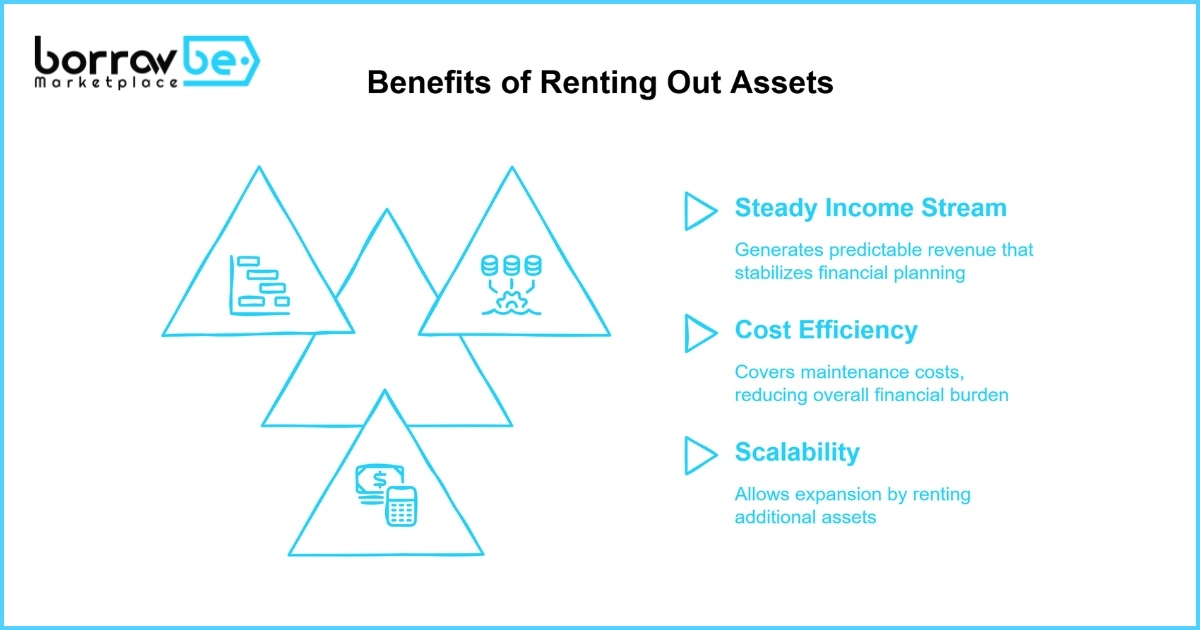
Pricing Strategies and Market Research
Setting the right price for your rental asset requires a careful balance between market demand, asset condition, and competitive pricing. Consider the following approaches:
- Conduct Competitive Analysis: Research similar listings in your area to understand current market rates.
- Seasonal Adjustments: Adjust pricing based on seasonal demand fluctuations and local events.
- Flexible Pricing Models: Consider offering discounts for long-term rentals or bundling services to attract a broader range of renters.
A bullet-point list of key pricing considerations includes:
- Market demand and competitive rates
- Condition and age of the asset
- Seasonal trends and local economic factors
- Additional services or amenities provided
Using these strategies can help maximize your rental income while ensuring that your asset remains attractive to potential renters.
Marketing and Promotion Techniques
Effective marketing is essential to attract quality renters and maintain a steady rental schedule. The key is to communicate the unique value of your asset while leveraging digital tools for broader reach.
- SEO-Optimized Listings: Use targeted keywords and engaging descriptions to boost your online visibility.
- High-Quality Images and Videos: Visual content significantly increases engagement and builds trust with potential renters.
- Social Media Advertising: Promote your listings on popular platforms to tap into new markets and demographics.
To further boost your online presence, consider incorporating expert quotes and testimonials. For example, financial expert Jane Doe emphasizes, "Maximizing the utility of underused assets not only enhances individual financial stability but also strengthens community bonds through shared economic activity." Such expert opinions help reinforce the credibility of your rental proposition and encourage more interest in your listings.
Leveraging Technology and Tools for Asset Management
Modern technology has made managing rental assets more efficient than ever. By leveraging mobile apps, online platforms, and advanced analytics tools, asset owners can streamline operations, reduce risks, and boost profitability.
Mobile Apps and Online Platforms
Mobile applications have transformed the way we interact with rental services, providing convenient access to manage listings and track income in real time. These apps often come with features that simplify the rental process from start to finish.
- Instant Notifications: Receive real-time updates on bookings, payments, and maintenance reminders.
- Integrated Payment Systems: Secure, automated transactions reduce the administrative burden.
- User Reviews and Ratings: Build trust with potential renters through transparent feedback mechanisms.
For instance, platforms such as Turn Your Assets Into Income allow users to list a diverse range of assets effortlessly while managing transactions securely. Additionally, these platforms often provide mobile applications that enhance user engagement and streamline the entire rental process.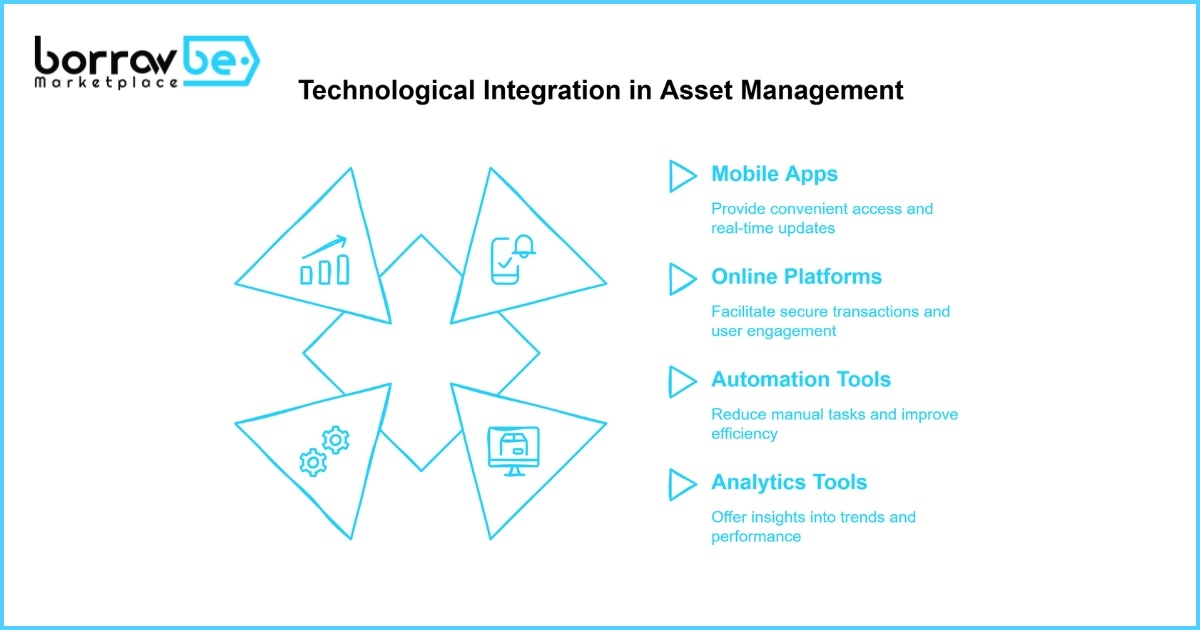
Automation and Analytics Tools
Utilizing automation and analytics tools can dramatically improve the efficiency of your asset management. Automation helps reduce manual work, while analytics provide insights into rental trends and customer preferences.
- Automated Scheduling: Set up automated systems to manage booking calendars and coordinate maintenance.
- Performance Analytics: Use data to track occupancy rates, rental income, and customer feedback.
- Predictive Maintenance: Leverage analytics to forecast maintenance needs and schedule preventive measures.
Adopting these technological solutions allows asset owners to maintain a competitive edge in a dynamic market. Detailed insights from analytics not only help in making informed pricing decisions but also in identifying areas for improvement in customer service and asset management.
Managing Legal and Maintenance Aspects
While renting out assets can be highly rewarding, it also requires attention to legal and maintenance considerations. Ensuring compliance with local regulations and maintaining asset quality are paramount to sustaining long-term rental income.
Regulatory Considerations
Navigating the legal landscape is essential for asset owners to avoid potential pitfalls. Regulations governing rentals vary by region and asset type, so staying informed is crucial.
- Local Zoning Laws: Understand the zoning regulations that apply to residential properties and commercial assets.
- Licensing and Permits: Ensure that all necessary permits are in place before renting out your asset.
- Contractual Agreements: Use clear rental contracts that outline terms, responsibilities, and liabilities for both parties.
Consulting with legal experts or accessing resources from reputable financial institutions can provide additional guidance. This proactive approach minimizes legal risks and helps maintain a professional rental service.
Insurance, Safety, and Maintenance
Maintaining the asset in excellent condition is critical for ensuring tenant satisfaction and protecting your investment. Comprehensive insurance and regular maintenance protocols form the backbone of a successful rental operation.
- Comprehensive Insurance Coverage: Protect your asset with insurance policies that cover damage, theft, and liability.
- Regular Maintenance Schedules: Implement routine checks to ensure that the asset remains in optimal condition.
- Safety Measures: Install safety features and conduct regular inspections to guarantee the asset’s reliability and security.
A bullet-point summary of key maintenance practices includes:
- Scheduled inspections and preventive maintenance
- Quick response protocols for repair and damage control
- Periodic updates and safety audits
Ensuring that legal and maintenance standards are met builds trust with renters and ensures that the asset remains a viable income source over the long term.
Expert Opinions and Industry Statistics
Industry experts agree that renting out underutilized assets is not only a practical financial strategy but also a significant contributor to the modern sharing economy. A study by the Harvard Business Review indicates that the sharing economy could potentially increase household incomes by up to 20% for those who leverage idle assets effectively. Experts emphasize that the key to success lies in the combination of smart technology, efficient management, and a clear understanding of market trends.
- Statistic Snapshot:
- According to Forbes, asset-sharing platforms have seen an annual growth rate of 25% over the past five years.
- A recent report by PwC shows that rental income can contribute up to 30% of an individual’s supplementary income if managed efficiently.
- According to Forbes, asset-sharing platforms have seen an annual growth rate of 25% over the past five years.
Below is a table summarizing key industry statistics:
|
Metric |
Statistic |
|
Annual Growth Rate |
25% (Forbes) |
|
Potential Income Increase |
Up to 20% (Harvard Business Review) |
|
Contribution to Supplementary Income |
30% (PwC Report) |
Expert opinions further reinforce the idea that technological advancements and data-driven decision-making are transforming asset renting into a lucrative business model. As one industry analyst noted, "The integration of digital platforms with robust analytics tools has made it possible for even casual asset owners to tap into the benefits of a full-fledged rental business." Such insights underscore the potential for consistent and sustainable passive income through asset renting.
FAQ
What types of assets can be considered underutilized and ideal for renting?
Underutilized assets include a wide range of items that often remain idle or are used sporadically. Examples include residential properties such as vacant rooms or vacation homes—which you can explore on our House for Rent page—vehicles that are parked most of the time, and specialized equipment like construction machinery or high-end tools. By carefully assessing the usage patterns and condition of these assets, owners can identify lucrative opportunities for renting them out and ultimately turn their assets into income.
How can I determine the right rental price for my asset?
Determining the right rental price involves a combination of market research, competitive analysis, and a thorough understanding of the asset’s condition. It is advisable to start by comparing similar listings in your area—such as those available on our House for Rent or Car for Lease pages—to gauge standard pricing, and adjust based on factors such as seasonal demand and asset maintenance costs. A well-planned pricing strategy can significantly boost rental income and attract high-quality renters, ensuring you make the most out of your passive income strategy.
Are there legal requirements I should consider before renting out my asset?
Yes, there are several legal considerations to keep in mind. These include understanding local zoning laws, obtaining the necessary licenses and permits, and drafting clear contractual agreements that outline the responsibilities of both parties. Consulting with a legal expert or referring to local government guidelines can help ensure that you meet all legal requirements and avoid potential pitfalls. Before listing your asset, consider reviewing best practices on trusted platforms like Turn Your Assets Into Income to stay informed about compliance and regulation.
What role does technology play in managing rental assets?
Technology plays a crucial role by streamlining the rental process, from listing and booking to payment processing and maintenance scheduling. Mobile apps and online platforms provide real-time notifications, integrated payment systems, and performance analytics that help you manage your asset effectively. Utilizing these technological tools not only reduces manual work but also offers insights that can lead to improved rental strategies and increased income. For instance, exploring the features on platforms like Turn Your Assets Into Income or even downloading the BorrowBe App can enhance your asset management experience.
How does renting out assets contribute to environmental sustainability?
Renting out underutilized assets helps to reduce waste and encourages a more efficient use of resources. When assets are shared among multiple users, there is less demand for new production, which in turn lowers the environmental footprint. Additionally, the practice fosters a community-centric model that supports sustainable living by maximizing the use of existing resources and promoting shared economic benefits. This approach not only generates passive income but also aligns with the broader goals of sustainable economic growth, as highlighted on our Turn Your Assets Into Income platform.
